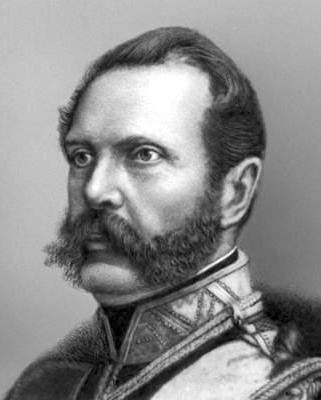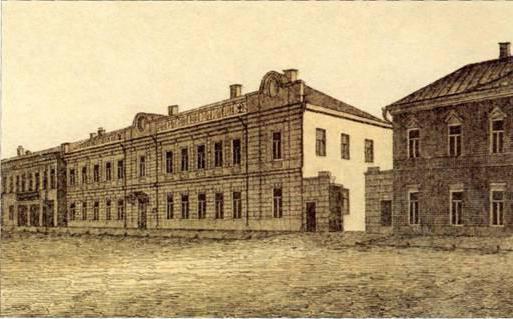City reform of Alexander II in 1870 The essence of urban reform
The famous city reform of Alexander II waswas held in 1870. It became part of the fundamental transformations in Russian society that occurred after the defeat in the Crimean War. Up to this point, the city has suffered from excessive administrative care of officials. The reform gave them freedom in managing the economy, economy, security, etc.
Prerequisites
Preparation of the draft municipal government reformbegan in 1862. According to the circular of the Minister of Internal Affairs Petr Valuev, the establishment of local commissions began, in which the question of the need for reforms was discussed.
These temporary bodies worked for three years. The city reform continued, when in 1864 the commissions prepared a general project, which was to be extended to all the cities of the empire. At the next stage it was planned to consider this document by the State Council. However, on April 4, 1866, there was an attempt on the life of Alexander II by Karakozov. A failed terrorist act brought confusion to the minds of officials. The project stalled.

Adoption of the project
After a long pause, the Council of State,finally, returned to the consideration of the draft of the reform. The next commission came to the conclusion that it is too dangerous to introduce all-suffrage. Long disputes resulted in the adoption of a system copied from Prussia. In this German kingdom, there were three curiae, which were composed of taxpayers, divided into classes according to their deductions to the budget.
The same system was adopted in Russia. The urban reform of 1870 eventually boiled down to the following. The local Duma was elected by residents divided into curia. In the first of them there were only a few dozen of the richest citizens who paid the most taxes. Thus, a dozen well-to-do residents received a representation equal to the representation of the middle class and a huge mass of people with small incomes (they could be counted in hundreds and thousands). In this sense, the city reform of Alexander 2 remained rather conservative. She introduced the principles of democracy in self-regulation, but the Duma was still made up based on the social inequality of the inhabitants.

Bodies of municipal government
According to the adopted provision, the city reformAlexandra 2 introduced city public administrations (the Duma, the electoral assembly and the city government). They controlled economic life, organized landscaping, monitored fire safety, provided food for the population, arranged credit institutions, exchanges and piers.
The urban reform of 1870 establishedElectoral assemblies, the main function of which was to elect vowels in the Duma. Their term of office was 4 years. According to the new norms, every citizen who had electoral rights could become a member of the Duma. There were exceptions to this rule. For example, the number of non-Christians in the Duma should not exceed a third of the vowels (ie, deputies). Also, Jews could not occupy the chair of the mayor. Thus, the electoral restrictions were mainly confessional.

Powers of the Duma
Cardinal city reform, the essence of whichconsisted in granting to cities of self-management, was reduced to redistribution of powers of imperious institutes. Before that, all orders were made from a centralized body and one bureaucratic apparatus. Such management was characterized by extreme inefficiency and stagnation.
City reform has led to the fact that the Dumahas been given the power to appoint different officials. She also now regulated the establishment, reduction and increase of taxes. At the same time, the expenses for the maintenance of this representative body were under the authority of the governor. The sessions were appointed at the request of at least one fifth of the vowels. In addition, the mayor could be convened by the mayor or governor. These self-government bodies appeared in 509 cities.

Other features of the reform
Among other things, the Duma determined the compositioncity council. This body, in turn, was in charge of drawing up estimates, collecting information for vowels, collecting and spending fees from the public. The management accounted to the Duma, but at the same time had the right to recognize the decisions of the representative body as illegal. In the event of a conflict between the two institutions of power, the governor intervened in the situation.
The electors of the Duma could not be tried orto be under investigation. An age qualification was introduced (25 years). The decrease in the rights awaited the dismissed government officials. Also, citizens who had arrears to collect taxes were deprived of their votes. Preliminary lists of voters according to the division into curia were drafted by the Duma. City head was appointed from among the vowels. This choice was made by the governor.

Value
The most important urban reform led to the beginningunprecedented industrial and commercial development of cities. This was due to the fact that the mechanisms of a market economy had been fully exploited in the province. Now the city could decide for itself what and how to spend its money. Such self-management was at times more effective than the previous bone administrative model.
Finally, the city reform of Alexander Nikolaevichallowed the inhabitants of the country to learn what civil activity is. Before that, the burghers had no levers to manage their home. Thanks to the changes that have taken place, the situation has radically changed. The growth of civic consciousness became the basis for the emergence of a new national political culture.







